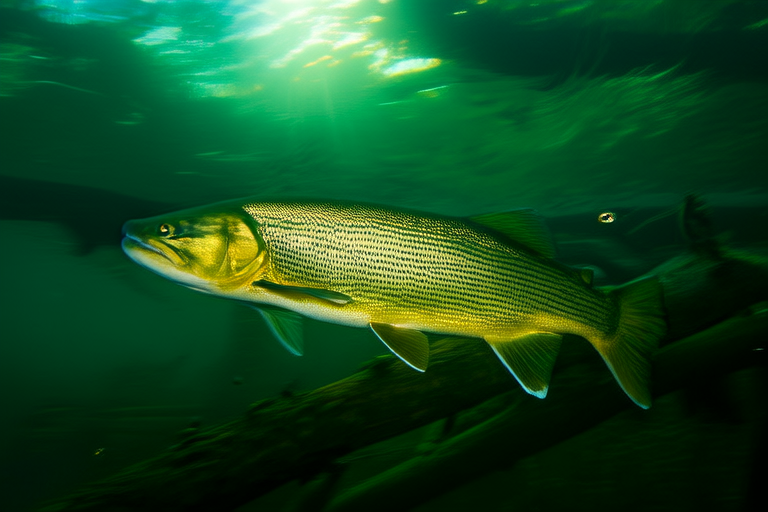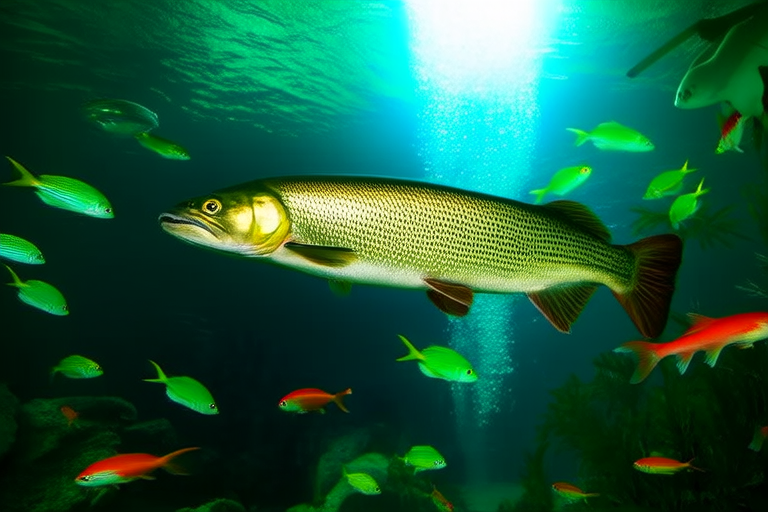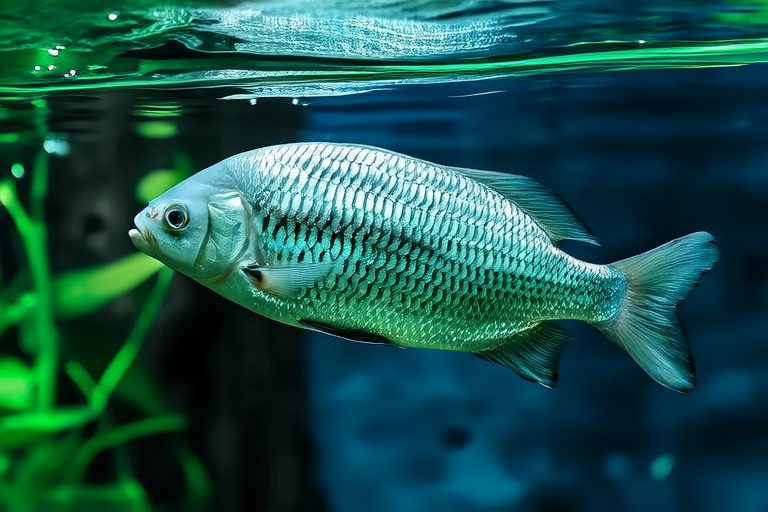
Arowana: The Exotic Fish with Rich History and Unique Characteristics
The arowana is a fascinating and highly sought-after species of freshwater fish known for its unique appearance, behavior, and cultural significance. With a long history dating back centuries, these fish have captured the imaginations of people around the world. This article explores the unique characteristics, behaviors, and lesser-known facts about the arowana species, including their historical significance, myths, and role in different cultures. We’ll also discuss their physical attributes, habitat preferences, dietary habits, and breeding patterns, as well as the challenges they face in the wild and conservation efforts.
Historical Significance and Cultural Myths
The arowana has played a significant role in various cultures throughout history. In Chinese culture, it is believed that owning an arowana brings good luck and fortune. This belief stems from the dragon-like appearance of the fish, which is said to symbolize power and prosperity. In addition, the arowana’s ability to leap out of water to catch insects and small birds adds to its mythical status. Other cultures, such as the indigenous peoples of South America, revere the arowana as a sacred animal, often incorporating its image into their art and rituals.
Physical Attributes and Habitat Preferences
Arowanas are large, elongated fish with a distinctively arched back and a long, bony dorsal fin. They have a robust body covered in large, overlapping scales that provide protection against predators. Their eyes are positioned high on their heads, allowing them to see above the water’s surface, and they possess sharp teeth designed for catching prey. Arowanas can grow up to 3 feet in length and weigh over 20 pounds, making them one of the largest freshwater fish species.
These fish prefer warm, slow-moving waters with plenty of vegetation for cover. They are commonly found in rivers, lakes, and swamps in tropical regions of Asia, Africa, and South America. Arowanas are known for their ability to jump out of the water to catch flying insects and small birds, a behavior that has earned them the nickname “dragon of the water.”
Dietary Habits and Breeding Patterns
Arowanas are carnivorous fish that primarily feed on insects, crustaceans, and smaller fish. They are opportunistic feeders and will consume almost anything they can catch. In the wild, arowanas are known to leap out of the water to catch flying insects and small birds, a behavior that has earned them the nickname “dragon of the water.” In captivity, they can be fed a variety of foods, including pellets, frozen and live foods, and occasional treats like shrimp or feeder fish.
Arowanas are egg-laying fish that exhibit parental care. After spawning, the male arowana carries the fertilized eggs in his mouth until they hatch. Once the fry are born, the male continues to protect them by carrying them in his mouth until they are large enough to fend for themselves. This behavior ensures the survival of the offspring and contributes to the species’ success in the wild.
Challenges in the Wild and Conservation Efforts
Arowanas face numerous challenges in the wild, including habitat destruction, pollution, and overfishing. As a result, several species of arowana are listed as endangered or vulnerable by the International Union for Conservation of Nature (IUCN). To address these threats, conservation efforts have been implemented, including captive breeding programs and protected areas. These initiatives aim to preserve the arowana population and ensure their survival for future generations.
Tips for Keeping Arowanas as Pets
If you’re interested in keeping arowanas as pets, there are several factors to consider. First, ensure you have a large enough tank, as arowanas can grow quite large. A minimum tank size of 180 gallons is recommended for adult arowanas. Additionally, maintain proper water conditions, including temperature, pH levels, and filtration. Arowanas prefer warm, slightly acidic water with a pH range of 6.0 to 7.0 and a temperature of 78 to 84 degrees Fahrenheit.
Feeding arowanas is relatively straightforward, but it’s important to provide a varied diet to ensure they receive all necessary nutrients. Offer a combination of pellets, frozen and live foods, and occasional treats like shrimp or feeder fish. Avoid overfeeding, as this can lead to health issues and poor water quality.
Maintenance of the aquarium is crucial for the health and longevity of your arowanas. Regular water changes, cleaning of filters, and monitoring of water parameters are essential tasks. Additionally, providing adequate hiding spots and plants can help reduce stress and promote natural behavior.
Differences Between Various Types of Arowanas
There are several species of arowanas, each with its own unique characteristics. For example, the Asian arowana (Scleropages formosus) is known for its vibrant coloration, while the African arowana (Heterotis niloticus) is distinguished by its large size and aggressive behavior. The silver arowana (Osteoglossum bicirrhosum), native to South America, is recognized for its ability to leap out of the water to catch prey.
Scientific studies have provided valuable insights into the behavior and biology of arowanas. One study found that arowanas use their lateral line system to detect vibrations in the water, allowing them to locate prey even in low-light conditions. Another study revealed that arowanas can recognize individual humans, a behavior that may contribute to their popularity as pets.
Conclusion
The arowana is a remarkable fish with a rich history and unique characteristics. From their mythical status in various cultures to their impressive jumping abilities, these fish continue to captivate and intrigue people around the world. By understanding their physical attributes, habitat preferences, dietary habits, and breeding patterns, we can better appreciate the complexity and beauty of these magnificent creatures. Additionally, by supporting conservation efforts and following best practices for keeping arowanas as pets, we can help ensure their survival for future generations.






